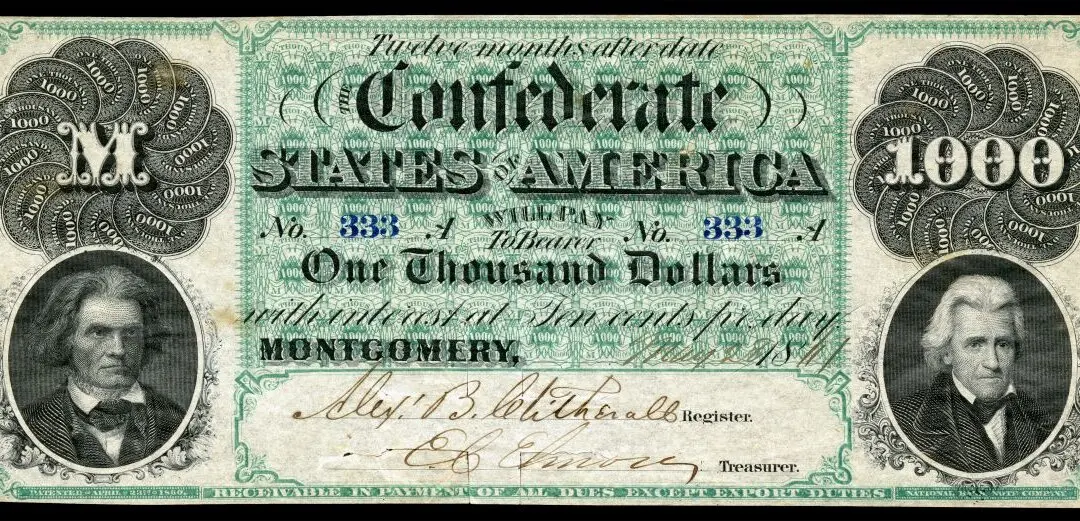When Mike Duncan was researching for his “Revolutions” podcast, he began to notice a familiar name: Marquis de Lafayette. The trans-Atlantic revolutions of America, France, and South America either directly or indirectly involved the wealthy French aristocrat. He was either on the front lines of battle, such as in America and France, or behind the scenes in the form of correspondence letters. Lafayette was a product of the Old World who sailed to fight for the New World and eventually returned home in hopes of instituting the new into the old.
Mr. Duncan, a product of the old method of transferring information in the form of books, was one of the first to enter into the new world of podcasting. His podcasts “The History of Rome” and “Revolutions” are two of the most successful history podcasts on record. But he soon returned to the old world in writing his own books: the first, “The Storm Before the Storm: The Beginning of the End of the Roman Republic,” and the second, “Hero of Two Worlds: The Marquis de Lafayette in the Age of Revolution.”






